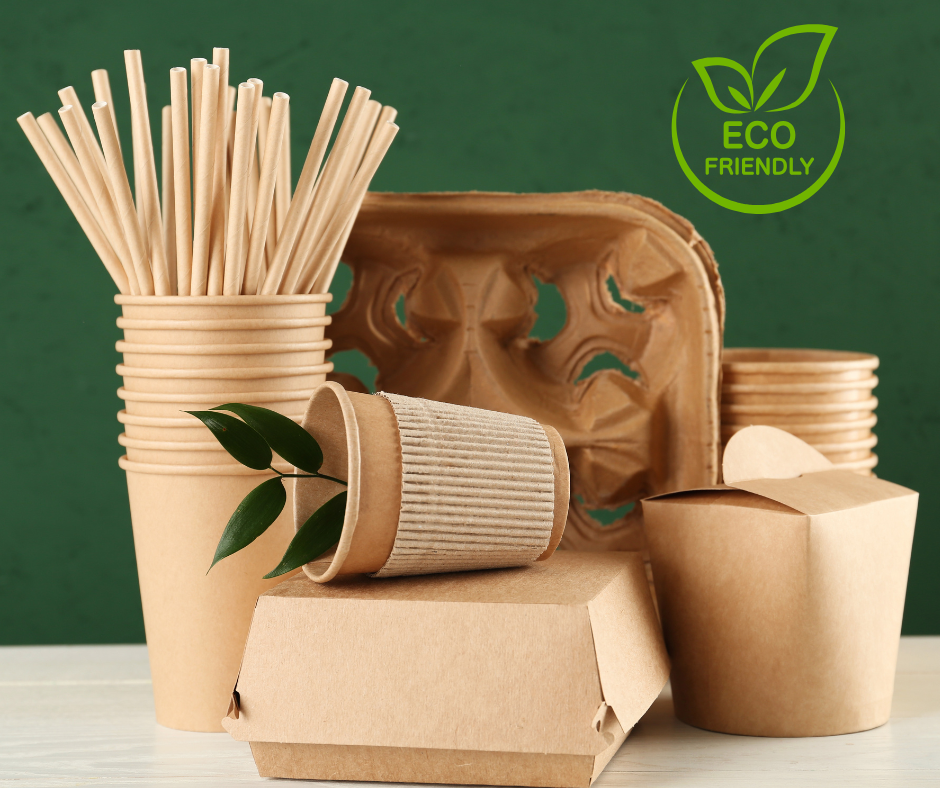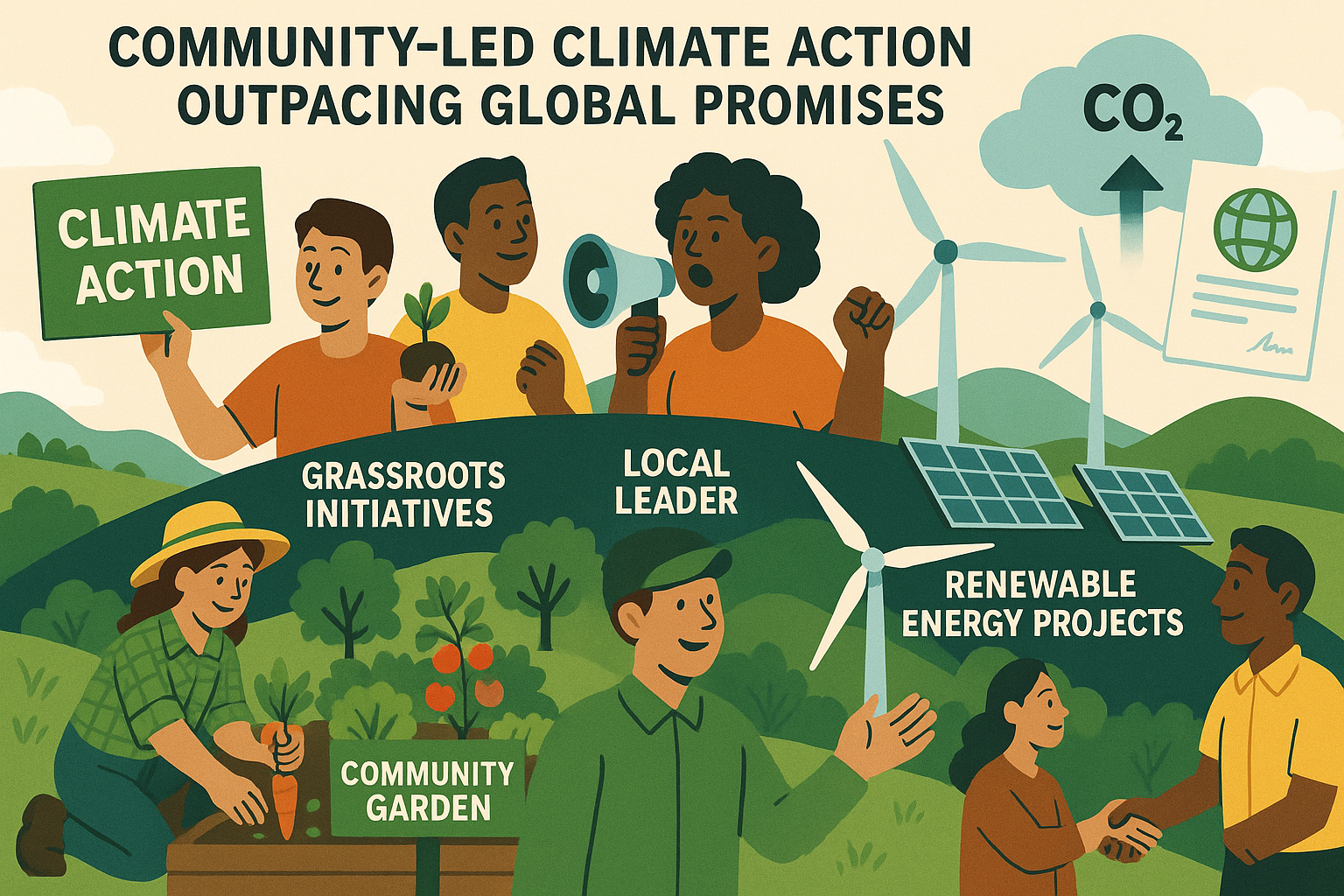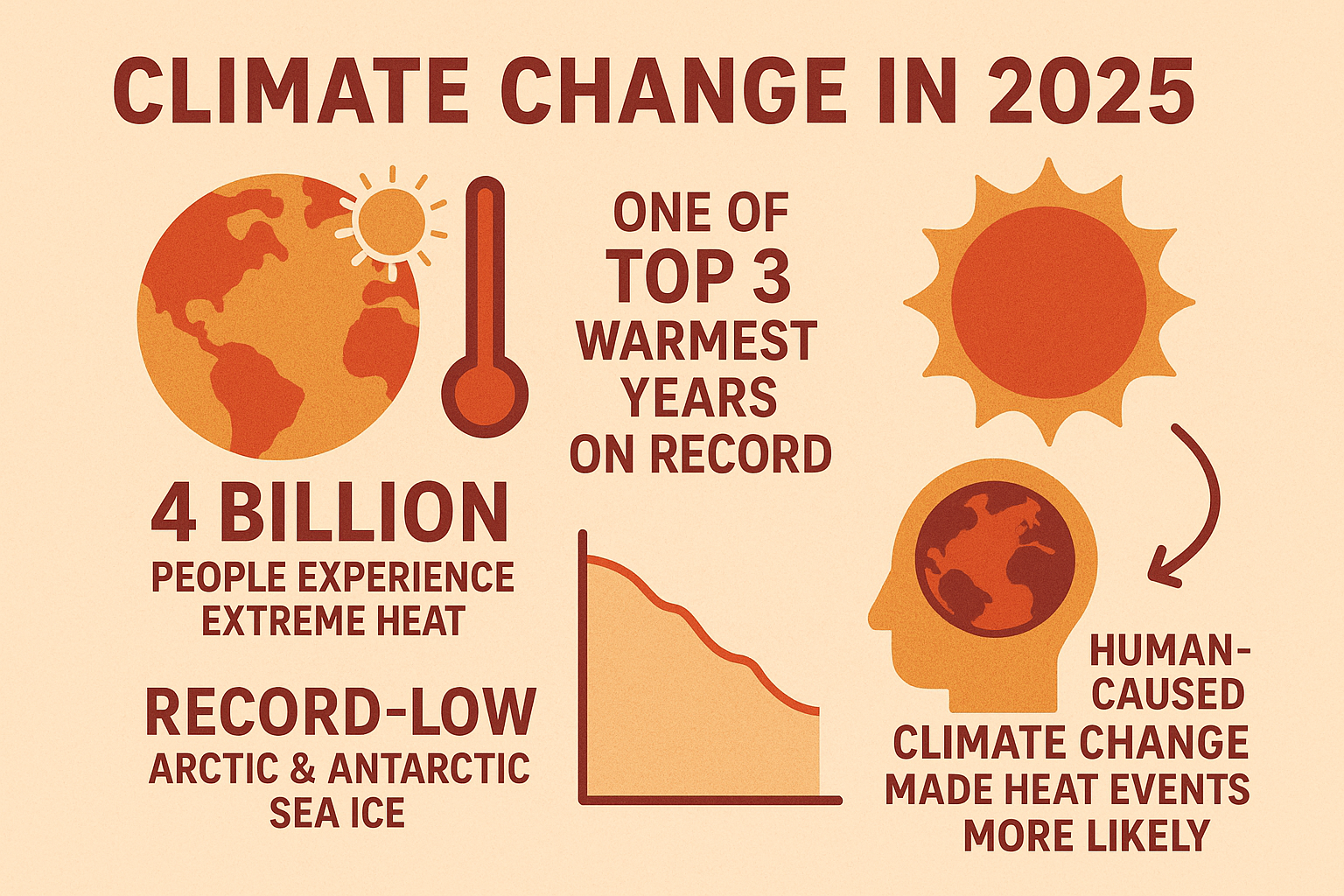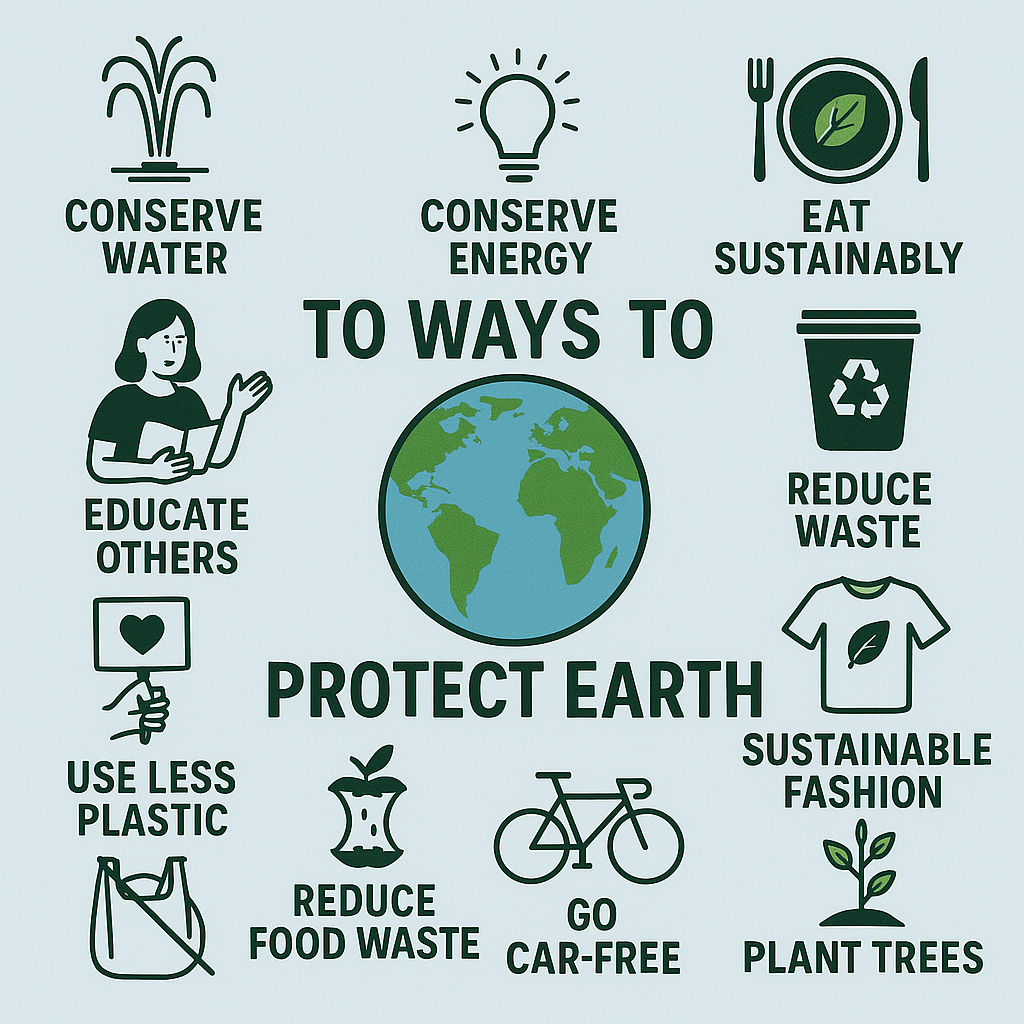Eco-Friendly Product Trends: What Buyers Are Searching for in 2025
Reusable and Circular Products
Buyers prioritize products designed for multiple uses and longer lifespans. Examples include reusable water bottles, beverage containers, kitchen storage bags, and circular tech made for easy repair or recycling.
Biodegradable and Eco-Friendly Packaging
There is a strong shift toward packaging that decomposes naturally or is made from renewable sources. Popular options include compostable mailers, cornstarch-based and mushroom packaging, and minimalist package design.
Sustainable Fashion and Apparel
Consumers seek clothing made from organic cotton, hemp, bamboo, recycled fibers, and eco-friendly dyeing methods. They also consider traceability, fair wages, and sustainable manufacturing practices important.
Eco-Friendly Cleaning and Personal Care Products
Trending products include natural, plant-based, and chemical-free cleaning items such as laundry sheets and all-purpose cleaners, as well as personal care products like organic cotton menstrual products and biodegradable dental floss.
Solar-Powered and Energy-Efficient Gadgets
Investments in solar-powered chargers, lights, and outdoor gear are on the rise as consumers aim to reduce reliance on fossil fuels.
Sustainable Home Decor and Furnishings
Furniture and home accessories made from reclaimed wood, organic textiles, recycled metal, and glass are popular. Upcycled decor items and eco-friendly craft kits also attract buyers.
Electric Vehicles and Charging Accessories
Electric vehicles (EVs), home charging stations, and related green transportation products are becoming mainstream for buyers choosing low-emission alternatives.
Plant-Based and Vegan Products
Foods, skincare, and household goods that are plant-based, vegan, and cruelty-free are increasingly favored due to ethical and health considerations.
Upcycled and Repurposed Goods
Demand grows for products made from repurposed or recycled materials like bags, jewelry, toys, and furniture, valued for their unique sustainability stories.
Water-Saving Devices
Buyers seek products that reduce water consumption, such as efficient showerheads, faucets, and irrigation solutions for both homes and businesses.
Sustainable Office and School Supplies
Eco-friendly stationery, recycled paper products, refillable pens, and compostable audio and tech accessories are gaining popularity in work and learning environments.
Green Pet Products
Recycled pet toys, vegan pet treats, and eco-friendly pet accessories made from sustainable materials are trending among environmentally conscious animal lovers.
These trends reflect growing consumer awareness, regulatory changes, and the expectation that brands demonstrate authentic sustainability throughout product life cycles without compromising quality, usefulness, or style.
Eco-Friendly Product Trends: What Buyers Are Searching for in 2025
Reusable and Circular Products
Buyers prioritize products designed for multiple uses and longer lifespans. Examples include reusable water bottles, beverage containers, kitchen storage bags, and circular tech made for easy repair or recycling.
Biodegradable and Eco-Friendly Packaging
There is a strong shift toward packaging that decomposes naturally or is made from renewable sources. Popular options include compostable mailers, cornstarch-based and mushroom packaging, and minimalist package design.
Sustainable Fashion and Apparel
Consumers seek clothing made from organic cotton, hemp, bamboo, recycled fibers, and eco-friendly dyeing methods. They also consider traceability, fair wages, and sustainable manufacturing practices important.
Eco-Friendly Cleaning and Personal Care Products
Trending products include natural, plant-based, and chemical-free cleaning items such as laundry sheets and all-purpose cleaners, as well as personal care products like organic cotton menstrual products and biodegradable dental floss.
Solar-Powered and Energy-Efficient Gadgets
Investments in solar-powered chargers, lights, and outdoor gear are on the rise as consumers aim to reduce reliance on fossil fuels.
Sustainable Home Decor and Furnishings
Furniture and home accessories made from reclaimed wood, organic textiles, recycled metal, and glass are popular. Upcycled decor items and eco-friendly craft kits also attract buyers.
Electric Vehicles and Charging Accessories
Electric vehicles (EVs), home charging stations, and related green transportation products are becoming mainstream for buyers choosing low-emission alternatives.
Plant-Based and Vegan Products
Foods, skincare, and household goods that are plant-based, vegan, and cruelty-free are increasingly favored due to ethical and health considerations.
Upcycled and Repurposed Goods
Demand grows for products made from repurposed or recycled materials like bags, jewelry, toys, and furniture, valued for their unique sustainability stories.
Water-Saving Devices
Buyers seek products that reduce water consumption, such as efficient showerheads, faucets, and irrigation solutions for both homes and businesses.
Sustainable Office and School Supplies
Eco-friendly stationery, recycled paper products, refillable pens, and compostable audio and tech accessories are gaining popularity in work and learning environments.
Green Pet Products
Recycled pet toys, vegan pet treats, and eco-friendly pet accessories made from sustainable materials are trending among environmentally conscious animal lovers.
These trends reflect growing consumer awareness, regulatory changes, and the expectation that brands demonstrate authentic sustainability throughout product life cycles without compromising quality, usefulness, or style.








